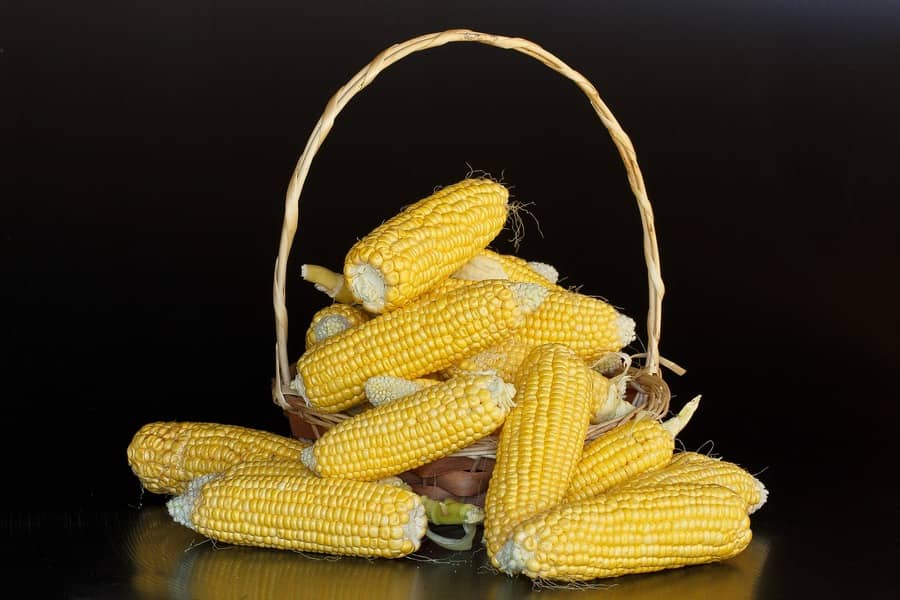Porto Alegre, March 19, 2024 – US exports are showing a good pace at the moment, however, not enough to make the market more consistent for upward movements, especially because stockpiles have fully recovered. Argentina arrives with its record 2024 crop and is expected to export 35 to 40 mln tons. Ukraine arrives with a record wheat crop, and corn sales are accelerating due to space and logistics. China is well-positioned and with low prices internally. Few factors remain to enable a recovery in corn prices in the international environment, which directly affects prices and the flow of Brazilian exports. We will now enter the 2024 US crop cycle, which has a consensus for a reduction in acreage and, then, the climate variable. On the 28th, the Planting Intention report for 2024 will be announced in the United States, which will guide supply in the second half of the year and the definition of prices for Brazilian exports this year. And, Brazil, regardless of the result of its 2024 corn second crop, will need to deal with 30 to 40 mln tons, which cannot remain stored internally for 2025. Therefore, the path of international prices is now fundamental for the Brazilian market.
The Brazilian financial market has reached a “strange” stage to say the least. Historical losses in public accounts, political interference in publicly traded state-owned companies, inflation doubling in February compared to January, risk of interest rate cuts in a worrying internal environment, besides institutional collapse, seem to be signs that are no longer priced in risk indicators such as Bovespa and exchange rate. The threat to dividends is the most obvious sign that Brazil will lose foreign and national investment in publicly traded companies, in other words, we are excluding investors from the liquidity necessary for companies to develop. Despite this, shares rise.
Inflation in February reached practically double that registered in January, 0.83%, and above the market expectation. Inflationary signs are evident in a country whose growth is not advancing. The increase in taxes to cover inexhaustible public spending removes liquidity from the economy and resources that could be allocated to economic activity. Despite this, the forex market is unable to break the BRL 5.00/dollar barrier, with the Brazilian financial market choosing to ignore the bad indicators and support the current erratic economic policy.
Low growth and a meager rise in employment could support yet another interest rate cut decision by the Monetary Policy Committee (COPOM) at this March meeting, to be held this week. A new cut should accelerate the set of risks for the Brazilian economy and finance the rising public debt. It will be an important week for the exchange rate due to the COPOM’s interest rate decision.
From the external point of view, there are only a few changes following the information about rising unemployment in the United States, but economic activity is still strong. At the Fed’s meeting this week, the interest composition is expected to be maintained, that is, stable interest rates and no cut in May. Perhaps the first cut will only occur in June, depending on indicators such as employment, inflation, and economic activity. Some analysts in Brazil are betting on an interest rate cut in the US to support the Selic rate cut, and a Selic cut before external ones could trigger capital flight
Copyright 2024 – Grupo CMA

